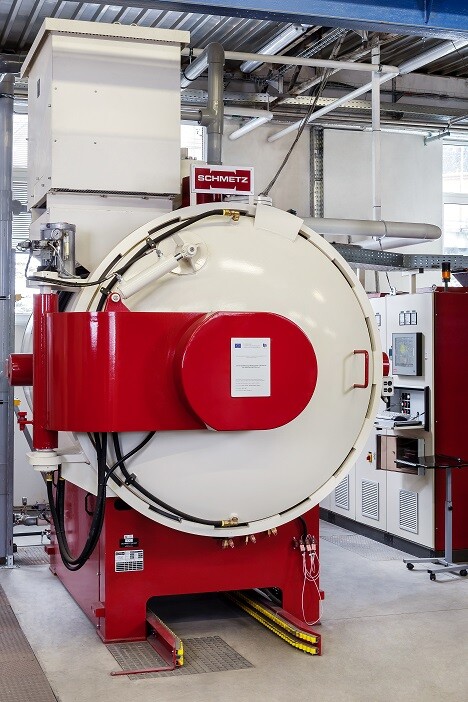Hardening and tempering
 HARDENING AND TEMPERING
HARDENING AND TEMPERING
Heat treatment significantly improves the hardness, wear resistance and durability of components and is therefore an ideal treatment for products such as cutting tools, saws, moulds, press tools etc.
Hardening
Quenching is a heat treatment process for steels in which the part is heated to austenitizing (quenching) temperature and then cooled to change the internal structure of the steel - making the part hard and brittle.
Tempering
Tempering is an integral part of the heat treatment of steel after quenching. It consists of heating to the tempering temperature followed by cooling. Depending on the type of material, tempering may be repeated several times to change the internal structure of the steel - the part is less hard than after quenching, but it is tougher.
Cryogenic processing
Freezing hardened steels below freezing ensures primarily dimensional stability by completing the stucture transformation started during the hardening process. Cryogenic treatment of selected types of steel can achieve even more significant increases in material properties such as wear resistance, service life or performance than conventional hardening, for more information see Cryogenic treatment.
Hardening and tempering equipment
Vacuum quenching furnaces are horizontally arranged cylindrical chambers with a water cooled outer shell, inside there is a heating chamber insulated with carbon fibre, heating is provided by graphite resistance rods. The cooling of the charge is done in positive pressure furnaces by a stream of nitrogen, which is forced into the chamber at pressures of up to 6 bar and cooled via a heat exchanger. The furnace allows to quench and temper the charge in one cycle. The furnaces are equipped with a control unit and operate in an automatic cycle. The layout of the vacuum tempering furnaces is similar, the concept of thermal insulation and heating corresponds to the working temperatures of this type of furnace.
After quenching, cryogenic processing can be carried out in a cryogenic box. This treatment ensures the completion of the structural transformation that is initiated when the material is quenched.
The vacuum quenching production technology is equipped with a comprehensive information system that allows the archiving of all heat treatment data for each job for a period of 5 years. At the customer's request, we supply records of the heat treatment process, provide metallographic analyses, mechanical tests, including analyses of the chemical composition of the material.
Subsequent operations with hardened parts
The operations following hardening consist of additional treatment of the parts (straightening, blasting, preservation, stem tempering) are essential for the final usability, durability and appearance of the processed materials. The use of blasting and subsequent preservation ensures an increase in the corrosion resistance of the surface layers. The blasting is carried out in a blasting box using cast iron balls, and preservative oil is used as a preservative. After hardening, we also check the flatness of the processed parts and carry out subsequent correction. Shank tempering of selected milling cutters is carried out to increase the toughness of the clamping parts.